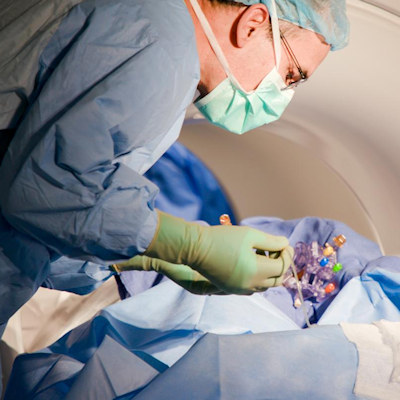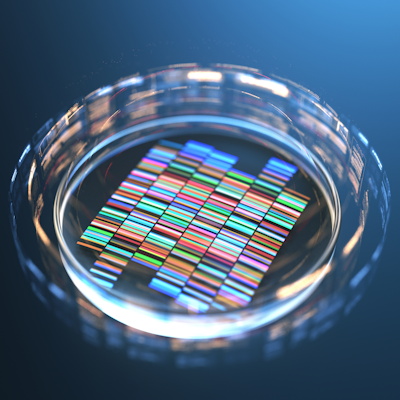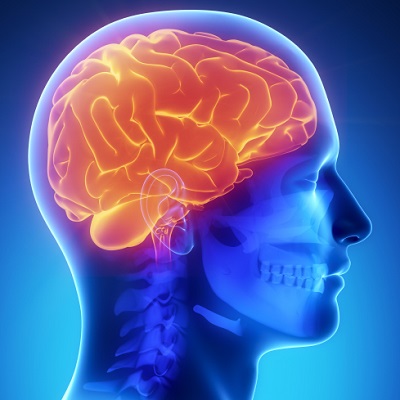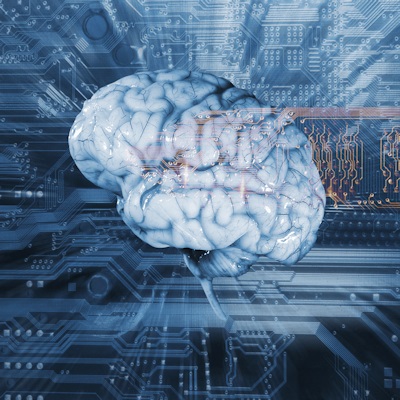January 24, 2023 -- University of Pittsburgh researchers have found the first evidence of 12-hour cycles of gene activity, called ultradian rhythms, in the human brain. The National Institutes of Health (NIH)-funded study, published in PLOS Biology on January 24, also reveals that some ultradian rhythms are missing or altered in the postmortem brains of patients with schizophrenia.
Twelve-hour ultradian rhythms are a well-known phenomenon in coastal marine organisms, whose behavior aligns with ocean tides. Studies have also confirmed 12-hour transcriptional rhythms in organisms including the nematode C. elegans, mice, and olive baboons. Various aspects of human behavior (sleep patterns and cognitive performance) and physiology (body temperature, blood pressure, migraine onset, and hormone levels) also exhibit 12-hour rhythms. While observed in human behavior and physiology, these cycles had not previously been measured in the human brain.
Schizophrenia, a chronic neuropsychiatric illness, affects more than 20 million people worldwide and is a leading cause of disability. Those affected experience disturbances in several types of 24-hour bodily rhythms -- called circadian rhythms -- including sleep/wake cycles, hormone levels, and gene activity in the brain's prefrontal cortex. However, little has been known about gene activity in any brain for cycles shorter than the usual 24-hour circadian rhythm.
University of Pittsburgh researchers used a time-of-death analysis to search for 12-hour rhythms in gene transcript levels within donated postmortem brains. They focused on the dorsolateral prefrontal cortex, as this brain region is associated with cognitive symptoms and rhythm abnormalities previously observed in schizophrenia.
In normal dorsolateral prefrontal cortexes, researchers found numerous genes in transcript expression with 12-hour activity rhythms. Among them, gene activity levels related to building connections between neurons peaked at static times in the afternoon and night (between approximately 3 p.m. and 3 a.m.), while those related to mitochondrial function and thus cellular energy supply peaked in the morning and evening at sleep/wake transitions (between approximately 9 a.m. and 9 p.m.).
In contrast, ultradian rhythms were altered in schizophrenia. Postmortem brains from patients with schizophrenia contained fewer genes with 12-hour activity cycles, and those related to neural connections were missing entirely. Additionally, although the mitochondria-related genes maintained a 12-hour rhythm, their activity did not peak at normal times; the fewer genes remaining peaked at the wrong time, which suggests suboptimal timing of essential processes.
Whether these abnormal rhythms contribute to schizophrenia's behavioral abnormalities or result from the medication, nicotine use, or sleep disturbances common in those with schizophrenia remains unknown. However, the study researchers said measuring ultradian rhythms expands understanding of the brain's transcript expression rhythms and their contribution to dysfunction in people with brain abnormalities.
"We find that the human brain has not only circadian rhythms in gene expression but also 12-hour ultradian rhythms in a number of genes that are important for cellular function and neuronal maintenance," Colleen McClung, PhD, the study's co-author, said in a statement. "Many of these gene expression rhythms are lost in people with schizophrenia, and there is a dramatic shift in the timing of rhythms in mitochondrial-related transcripts which could lead to suboptimal mitochondrial function at the times of day when cellular energy is needed the most."
Copyright © 2023 scienceboard.net










